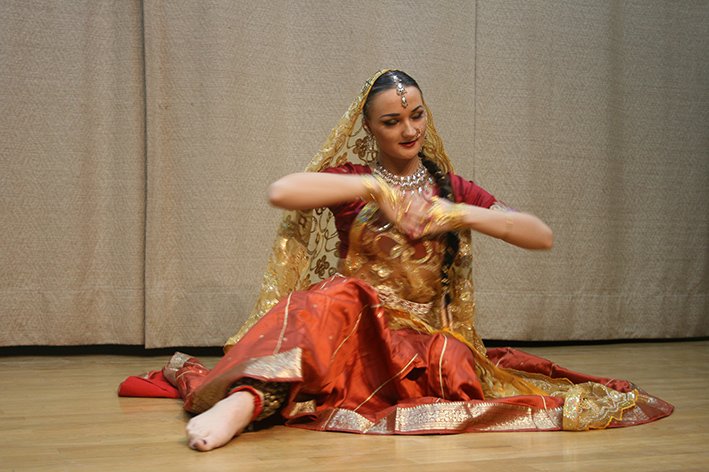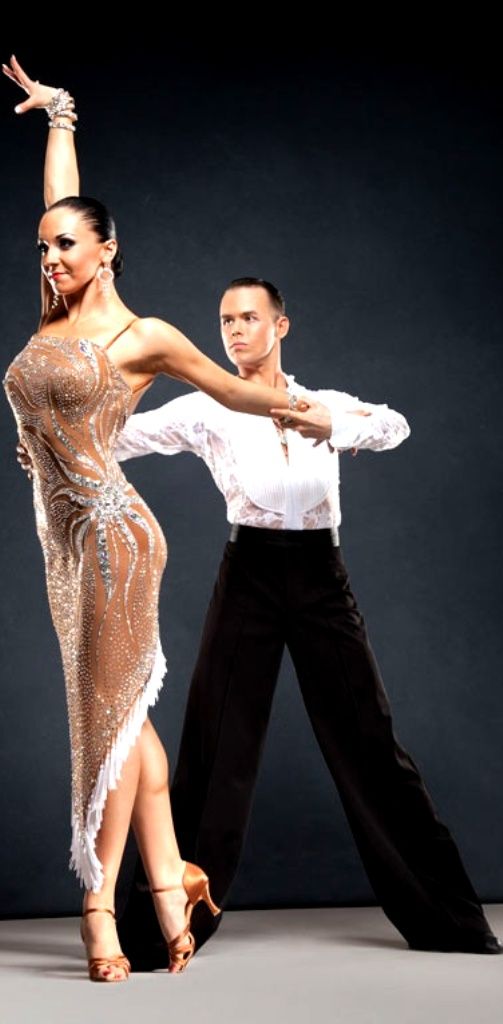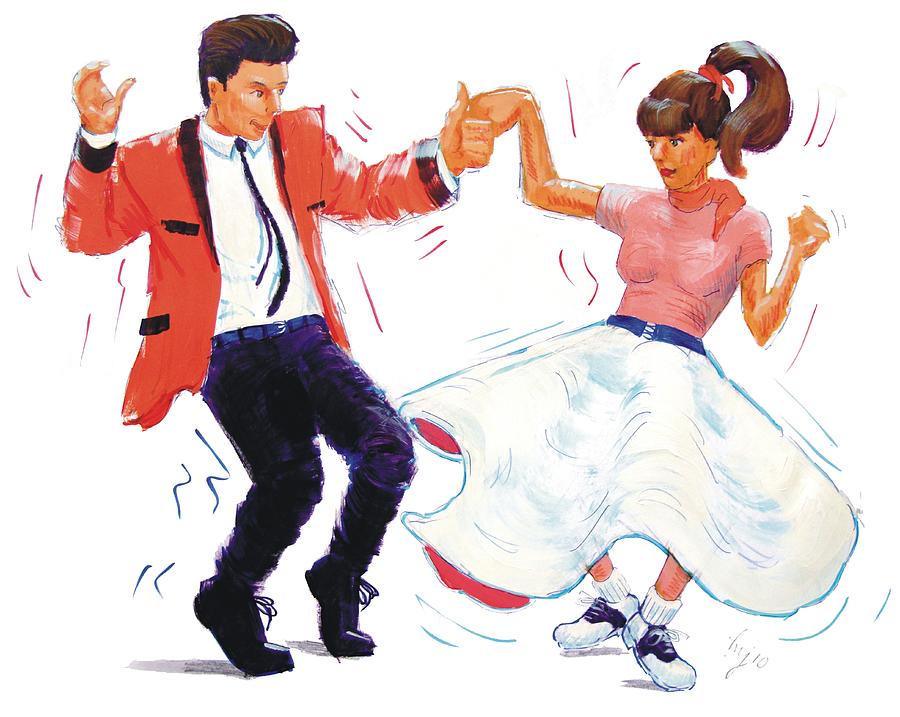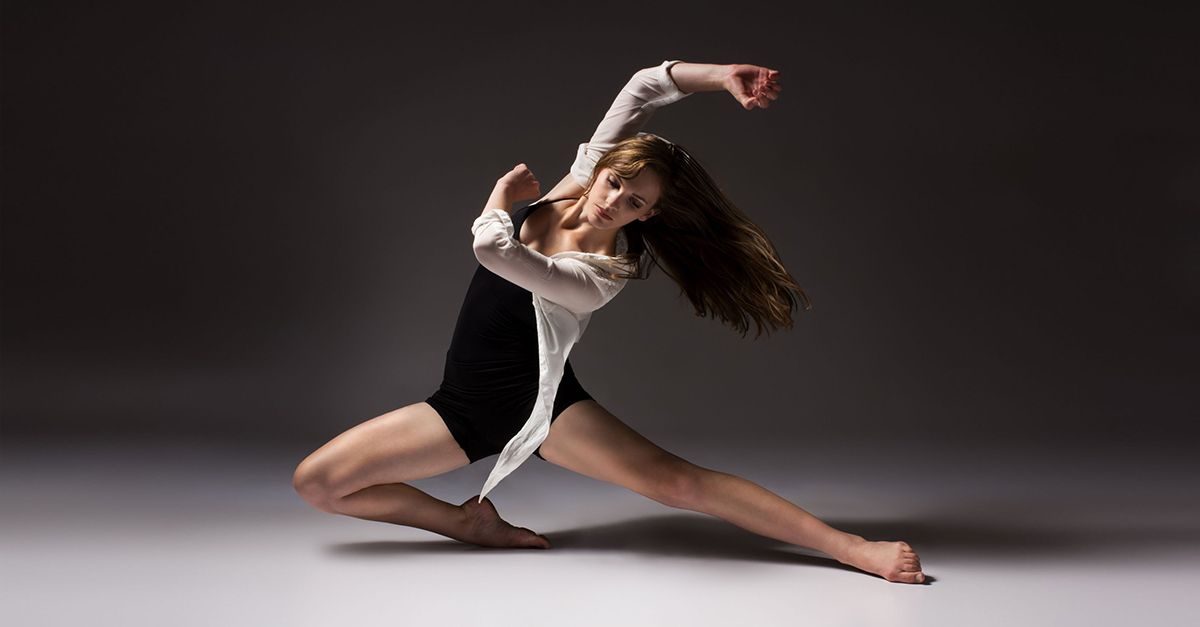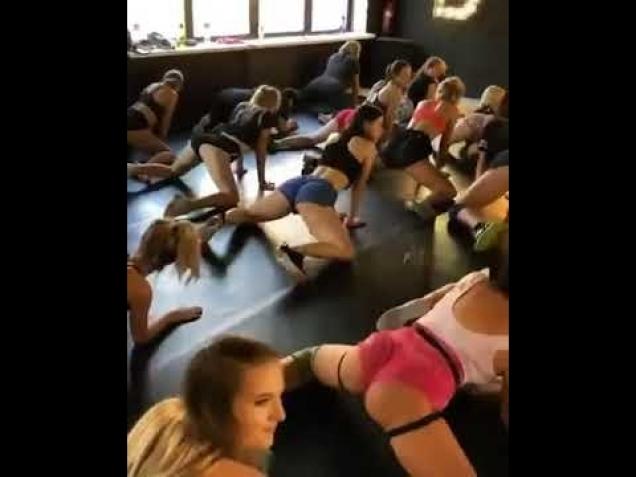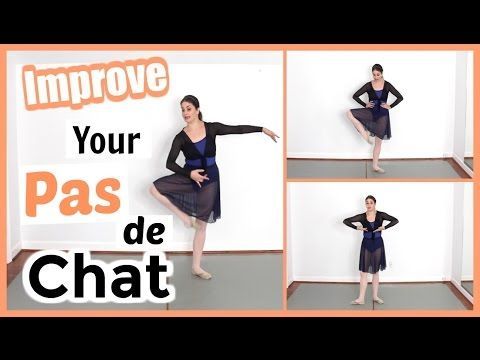How to learn kathak dance at home
How to Learn Kathak Dance Step by Step at Home?
Is it possible to learn from Kathak classes online? Well, it could be good to watch and pick some nuances. But is it possible to attain the kind of perfection like that of an offline class? In an offline class, you train in front of your teacher. They demonstrate the steps right in front of you and hold your limbs to correct your posture! …. And so on.
So many questions cloud our minds at the very mention of learning dance online. And it is not at all baseless. There is indeed a world of difference in the learning experience in an online class as compared to an offline class. However, both have their own merits and demerits.
If you are a Kathak student or planning to start learning Kathak online, this article will help you get the best out of online Kathak classes.
Online Classes - Disruption in the Learning Process across the board
The world has been experiencing an overhaul in the learning methodologies for almost a decade because of the steady growth of ed-tech platforms. This has only gained momentum in the past couple of years during the covid pandemic.
Online classes or virtual learning sessions have come at par with offline classes, and webinars have outnumbered seminars. Likewise, workshops, hobby classes, summer camps, fitness activities, and much more - that earlier would take a back seat due to reasons like inaccessibility or time constraints, have now become easy to pursue only because of the online learning platforms.
Learning from Kathak Classes Online
One common factor in all traditional Indian performing art forms is that they are all ‘guru-mukhi vidya’. The student has to be in front of the teacher, observe him/her, and emulate the techniques. This one-to-one interaction is at the core of the teaching/ learning process. And Kathak is no exception in this regard.
Even five years back, finding a good mentor from an authentic Gharana of Kathak was a matter of serendipity. Only very fortunate students could get such opportunities.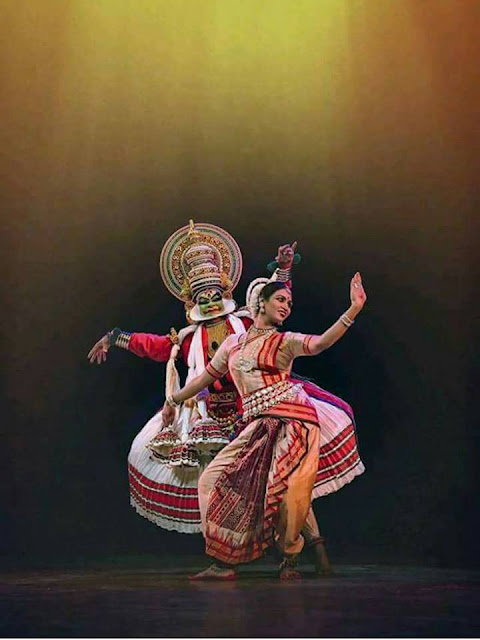 However, thanks to technology, staying connected, carrying out businesses, guided activities, and sharing skills and knowledge has become common. And hence, connecting with a good mentor and learning Kathak under his/ her tutelage has also become possible.
However, thanks to technology, staying connected, carrying out businesses, guided activities, and sharing skills and knowledge has become common. And hence, connecting with a good mentor and learning Kathak under his/ her tutelage has also become possible.
Kathak… Beyond just a dance form
Kathak originated in North India and evolved to be a popular classical dance form in India. However, the impact of Kathak in the lives of its pursuers is much beyond just dance.
It provides a very strong foundation for performing artists of diverse genres and stages. Kathak not only trains the performer in dance and choreography but also in acting and narration.
Several renowned choreographers and actors take up Kathak courses to amp up their skills in their respective professions.
Significant Areas to Focus in Kathak
Narration
As the saying goes - ‘Kathan kare so kathak kahave’- it means - One who tells stories is called Kathak. Kathak or Kathakar is a storyteller.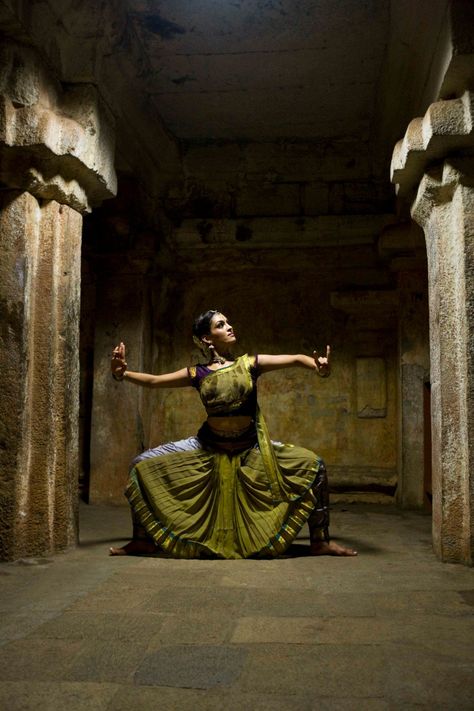 The word Kathak comes from the word ‘Kathakar’. Hence, the first and the utmost important thing in Kathak is the ability to narrate. And the mode of narration is dance.
The word Kathak comes from the word ‘Kathakar’. Hence, the first and the utmost important thing in Kathak is the ability to narrate. And the mode of narration is dance.
Fundamental techniques
Tatkaar is a rhythm-bound footwork. It is the first thing that is taught in a kathak class as the basic footwork of Kathak.
The bol for tatkar goes like this -
Ta thei thei tat || Aa thei thei tat.
It is practiced by stroking alternate feet. The legs and the torso remains straight.
Late. Pandit. Birju Maharaj says tatkaar is the beej mantra in Kathak. The student has to learn this so well that it becomes his/her second nature.
Chakkar - In Kathak, the dancers spin on their feet. These chakkars are used to define the prowess and stamina of the performer.
Abhinay - Out of the three fundamental skills of Kathak, abhinaya is the aspect that breathes life into the dance.
Tandava - A dance expression that takes after the tandava nritya of Lord Shiva.
Lasya - It is the graceful feminine reciprocation of Goddess Parvati.
Things to keep in mind before opting for Kathak classes online
The best and the most talked-about benefit of learning Kathak online is that there will never be any limitation - be it time or location.
Pre-recorded or Live learning sessions online
There are several options - pre-recorded sessions, interactive live online meetings, and individual or group classes. Students who have achieved a certain level of proficiency can opt for pre-recorded sessions, while absolute beginners should opt for live online classes.
In the live classes, the teacher demonstrates the body posture and movements during the meeting itself. Later, recorded videos are also shared for the students to follow along at the time of home practice.
Group class or an individual class
Group classes are best suited for students who have attained similar proficiency levels, grasping capacity, and learning objectives.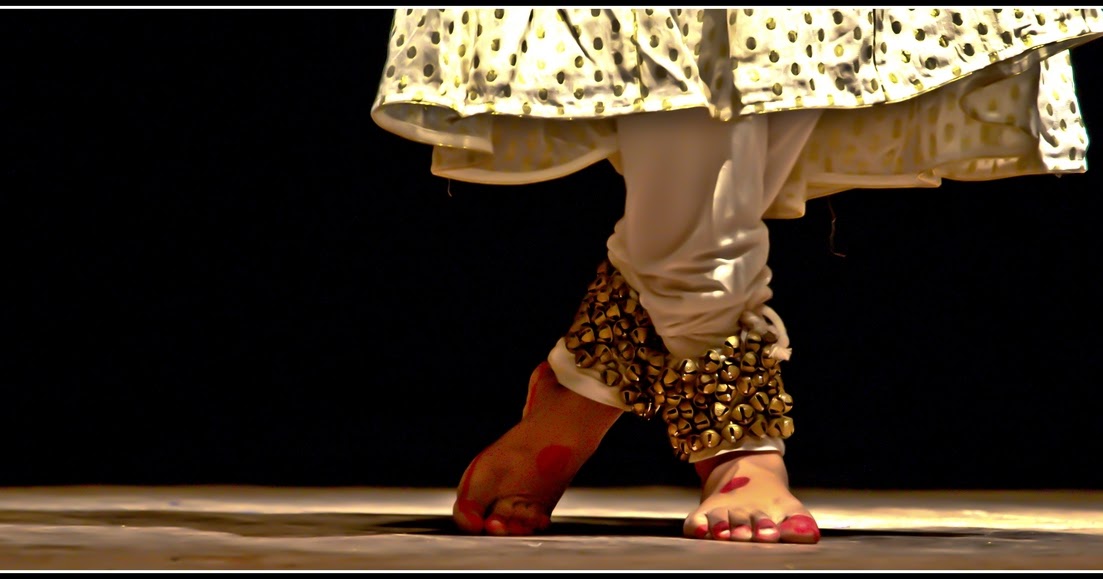 However, this is a rare case.
However, this is a rare case.
Every student is unique in their receptivity and expression of a new skill. They have different learning capacities. Their growth possibilities are also different.
In an individual class, the student enjoys the undivided attention of the teacher. The curriculum can be customized to meet the learning objectives and grasping capacity of the student.
Beginners should opt for individual classes as they require proper handholding. Also, the advanced level students have a very specific learning objective and can only be paired with other learners who match their proficiency level.
One drawback of live online group classes is that connectivity issues of one student can be distracting for the entire class. However, in an individual class, the class timings can be extended or re-scheduled as per mutual convenience.
Is it important to learn from a particular Gharana?
Beginners should stick to a particular Gharana until they reach a level of proficiency.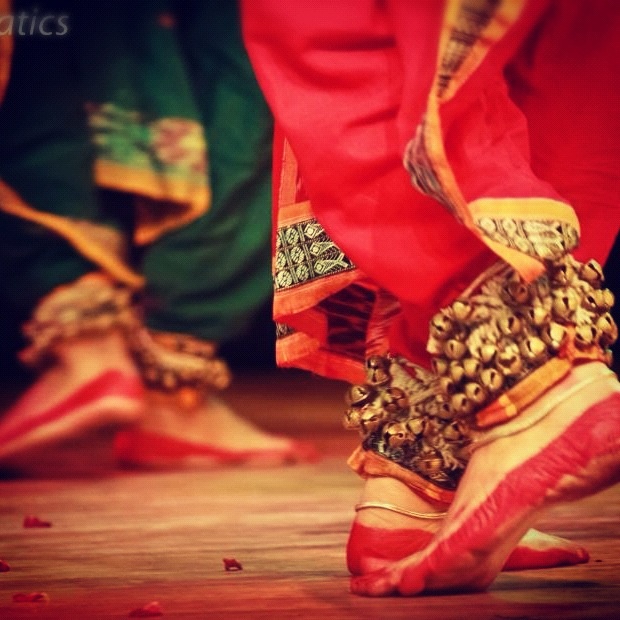 After that, they can pick the nuances from other Gharanas as well. But to know the differences between the different Gharanas, the students should be extremely well versed in the concepts.
After that, they can pick the nuances from other Gharanas as well. But to know the differences between the different Gharanas, the students should be extremely well versed in the concepts.
Things you must ask before choosing your Kathak dance teacher
First thing first, know the person whom you are going to choose as your mentor.
- Go through their records as performers.
- Evaluate the Gharana that they belong to.
- Also, learn about their mentors.
- Discuss with them their teaching methodology - how do they make online classes as effective as offline classes?
- How do they make sure that the students get the body movement and postures right?
- How do the teachers review the progress of the students in the online classes?
Getting the practical concepts right
The biggest challenge in learning or teaching Kathak is the time it takes to get one wrong step corrected. There are chances of miscommunication and misinterpretation.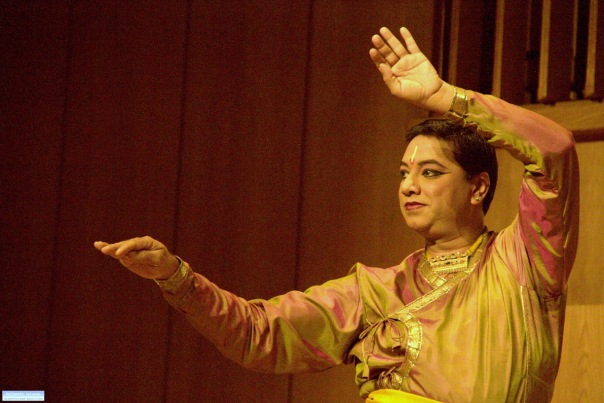
In offline classes, the teacher can physically touch the students and rectify their postures. However, for online classes, the student has to practice the steps, record them and send them to the teacher. The teacher might rectify the posture during the next online class or share the feedback through a recorded message.
However, on the hind side, having the steps recorded provides an easy point of reference for the students.
To get the most out of Online Kathak courses -
- Make sure the room is well lit.
- Ensure a steady internet connection.
- Invest in a good recording camera.
- Opt for taking the classes through a smart television instead of straining your eyes over a mobile phone or laptop.
In conclusion
Being able to learn kathak through online classes is a boon. Several beginners, as well as seasoned performers, can carry on with their practices only because of these online classes. Though there are a few glitches in the learning process compared with the offline classes, it is still worth it. Hence, go for it! Connect with the best teachers online and continue with your journey of learning Kathak. In due course of time, the online learning avenues will open up further.
Hence, go for it! Connect with the best teachers online and continue with your journey of learning Kathak. In due course of time, the online learning avenues will open up further.
Connect with some of the best mentors for online Kathak classes at one of the top learning platforms - ipassio.com.
"Learn Kathak Dance" for beginners made easy (Online guide on How to learn kathak) | Kathak
Jump to Section
- Learn Kathak
- Learn Basic Kathak Posture
- Lear Kathak Hand Gestures
- Learn Kathak Footwork
- Learn Kathak Expressions
- Learn to combine all elements
- Benefits of Learning Kathak
To learn Kathak , it is very important to understand a bit of history, the genesis and various elements of this dance form.
Kathak is one of the most significant forms of classical dances in India. The origin of this dance form happened because of the “kathakars” or the storytellers. The kathakars were mainly the composers or poets who travelled from the northern part of India.
The kathakars were mainly the composers or poets who travelled from the northern part of India.
The word “Kathak” has been derived from the Sanskrit word “Katha” means “story” and “kar” means “teller”. These wanderers depicted the great epics through the poems, the songs or the music.
This dance form also is traced back to the history of its origin from Hindu Sanskrit texts of the ‘Nritya Shastras’. This was written by Bharata Muni, who was an exquisite theatrical and musical person and originated between the 200BCE to 200BC.
Learning of the dance form involves a lot of steps and is not a very easy dance form. Moreover, this dance form is divided into various Gharanas which makes the understanding of this dance form more complex. The three main Gharanas of this dance form are the Lucknow Gharana, the Banaras Gharana and the Jaipur Gharana.
Learn Kathak
The learning of kathak is involved in the learning of the various elements i. e. steps, gestures, mudras, postures from her teacher or instructor. Each and every element, which involves the movement of the hand called the mudras or the hastas. The movement of the leg, the correct posture all prove equally important and relevant in this dance form.
e. steps, gestures, mudras, postures from her teacher or instructor. Each and every element, which involves the movement of the hand called the mudras or the hastas. The movement of the leg, the correct posture all prove equally important and relevant in this dance form.
To master, each and every step, needs special training, patience and hard work of the learner. Practice also constitutes one of the most important factors whereby the dance form must be practised each and every day at a fixed time. The understanding of the history in short by the student is also an important step of learning this dance form.
History and Evolution of gharanasLearn Basic Kathak Posture
The basic posture of Kathak is also known as the Angas and mainly involves a very important part in giving the dance an aesthetic appeal and attractiveness. This involves mainly practising the body movements while keeping your body erect. The body in kathak needs to be properly aligned so that it helps in the controlled execution of the dance moves.
This involves mainly practising the body movements while keeping your body erect. The body in kathak needs to be properly aligned so that it helps in the controlled execution of the dance moves.
It is also done so that individuals do not hurt themselves while performing the dance moves. Firstly, the heels must be kept together while the feet should be kept apart from each other. The second part is the positioning of the knees which should always be in a straight line with the feet and the same goes for the hip area.
The correct body posture for kathakLear Kathak Hand Gestures
The hand gestures involve the two kinds of mudras which is the Asamayukta which is performed with one hand. The other type is Samyukta hastas which are performed with both the hands. There are numerous mudras in Kathak combining both the Samyukta and the Asamyukta mudras. Some of the common mudras in Kathak are the Pataka, the Mudraakhaym, the Mushti, the Kartari Mukha and so on. These mudras are almost above 60 in number and need special attention and continuous learning.
The other type is Samyukta hastas which are performed with both the hands. There are numerous mudras in Kathak combining both the Samyukta and the Asamyukta mudras. Some of the common mudras in Kathak are the Pataka, the Mudraakhaym, the Mushti, the Kartari Mukha and so on. These mudras are almost above 60 in number and need special attention and continuous learning.
The learning of mudras in a proper way helps to express the stories in kathak in a better way and also makes the audience get attracted towards the dance as they can connect to the dance in a better way.
Learn Kathak Footwork
Performing various foot movement in this dance form is hugely critical. The foot movements form the base of this dance form. The teacher teaches the footwork from slow ‘laya’ and it eventually increases to double, triple and also four times. The footwork is also known as “Taatkar” in Kathak.
The learning of the various foot movements in Kathak is one of the most challenging parts of learning this dance form. Like every other thing, it will need regular practice. Moreover, the incorporation of various “taals” and “laya” makes this dance form a bit difficult to master. These feet movement is done by wearing the ankle bells on the leg which gives a melodious sound.
Like every other thing, it will need regular practice. Moreover, the incorporation of various “taals” and “laya” makes this dance form a bit difficult to master. These feet movement is done by wearing the ankle bells on the leg which gives a melodious sound.
Also read Differences between Kathak and Bharatanatyam
Learn Kathak Expressions
The learning of the expressions and expressing them in a proper manner makes a dance form exquisite and beautiful. These are called “Mukhaj Abhinaya” and play an important role in learning Kathak. As we know, Kathak represents the mythological stories through the dance in the form of a drama. This dance form involves the facial expression which may depict anger, sadness, happiness and so on. Without proper expression any dance becomes incomplete. The basic expressions must be inculcated and practised so that it can be put to proper use with the various dance moves.
Learn to combine all elements
The dance form involves learning and practising all the elements to give a proper and perfect dance form in Kathak. Kathak involves a variety of moves along with the music and the “taals” and various expressions in a proper way. Learning of these elements need a long time whereby the learner should have patience in learning this dance form.
Kathak involves a variety of moves along with the music and the “taals” and various expressions in a proper way. Learning of these elements need a long time whereby the learner should have patience in learning this dance form.
Also read 5 Kathak Dance Masters You Need To Know About!
Benefits of Learning Kathak
The benefits of learning and performing Kathak should also be told to the learners since this may have a greater impact of making them learn this dance form.
- Kathak makes the muscles strong and the body fit and flexible.
- It also makes individuals represent the culture and heritage of India and learn in-depth about it.
- Kathak provides the amalgamated benefits of being stage free while performing and makes the individual more confident and self-reliant.
- It may also help in making your career a bright one as kathak forms a very vibrant career opportunity for individuals in the future.
Indian dances, How to learn to dance street dances
Article author:
Natalya Shahinyan
- How to learn to dance street dancing
Indian temple dances, adapted to modern realities, have become a fitness discipline.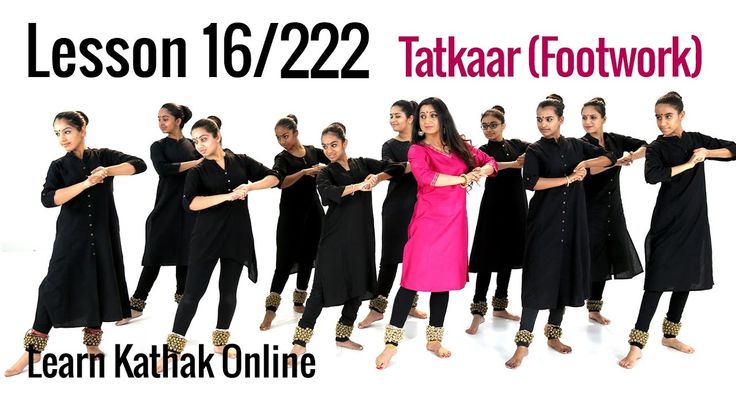 Anyone who wants to learn how to dance like actors in Bollywood films has a direct path to the lessons of the LIVE! TV channel.
Anyone who wants to learn how to dance like actors in Bollywood films has a direct path to the lessons of the LIVE! TV channel.
September 07
1923 views
Share
Since ancient times, Indian dances have been part of temple rituals: priestesses who have passed initiation danced for the god Shiva. It was forbidden for outsiders to observe the sacred action. After many centuries, Indian dances ceased to be a sacrament, dancers began to be invited to holidays and weddings, and today this art is taught in Indian colleges to both girls and boys. There are not so many Indian dance teachers in Russia. One of them is Guruji Ashwani Nigam, a master of the North Indian Kathak dance.
Guruji is from India but lives and works in Moscow. His lessons are a journey into Indian mythology. “Indian dances tend to be entertaining for the mind and good for the body,” he says. “So people tend to dance with pleasure.” Indian dance is not an easy discipline. It takes a lot of strength, endurance and a desire to do everything as the teacher shows to beat out different rhythms in a semi-squat with knees apart and hands woven into a braid.
“Indian dances tend to be entertaining for the mind and good for the body,” he says. “So people tend to dance with pleasure.” Indian dance is not an easy discipline. It takes a lot of strength, endurance and a desire to do everything as the teacher shows to beat out different rhythms in a semi-squat with knees apart and hands woven into a braid.
Video lessons "Indian dances" with Ashwani Nigam can be found in the fitness video library of the club "LIVE!".
Also in our fitness video library there are video classes "Indian dances" with Shanti.
Share:
Share
Publication topics
- Dancing
- disciplines "live!"
- guruji ashwani nigam
- indian dances
Mr Drive. Season 1 Activity 2
Sensuality Lessons. Season 1. Lesson 1
Sensuality Lessons. Season 1 Activity 2
152px 152px
Live Media Russia, Moscow, Novoryazanskaya st. house 18, building 11, pom. 01 +7(495)650-53-14
Professional Indian dance training. Indian dances - video lessons for beginners
Immediately pour a bucket of water on the heads of those who loudly proclaim that any dance can be learned on their own at home, for example. There is one, but a serious obstacle to such an opportunity - your self-organization. If you are a person who is not able to force yourself to engage systematically, if your hobbies are in most cases fleeting, then you simply cannot do without a coach.
If you are a person who is not able to force yourself to engage systematically, if your hobbies are in most cases fleeting, then you simply cannot do without a coach.
Where to start learning
If the first impression you saw live or on TV or the first trial lesson showed you that this is exactly what you would like to do, that it is worth studying and that it is worth studying, then go on there can be two fundamentally different schemes of your actions.
First. In case of low self-control, it is highly recommended to buy the most expensive subscription to classes in the studio. There is a chance that a large amount of money paid will become exactly the incentive that will make you complete the entire course of classes without missing a single one. Moreover, you should immediately choose the longest subscription. The first one runs out, buy the second, third, etc. There will come a moment when you realize that without Indian dance you simply cannot.
Second.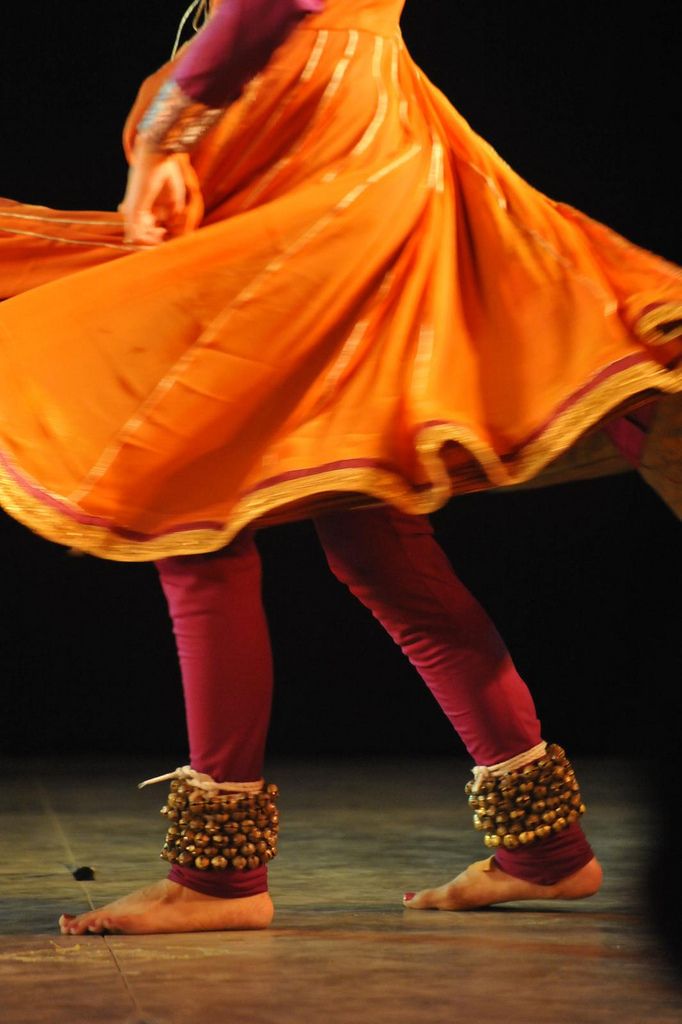 You know what you want and you know that you have enough willpower to master the basics on your own. In this case, you can learn belly dancing on your own, in any case, the basics on the Internet: paid or free.
You know what you want and you know that you have enough willpower to master the basics on your own. In this case, you can learn belly dancing on your own, in any case, the basics on the Internet: paid or free.
In any case, you can first study the information about the dance: when, who, what and how danced. A lot of thematic information today is posted on various Internet resources. Absolutely all Indian films contain a large number of national dances of varying degrees of complexity and skill. In older tapes there are more dances, in recent films it is most often the final song-dance in the style of "Bollywood" - a modernized dance "based on".
There is a lot of printed literature from which you can draw the spirit and basics of technology. From artistic classics, you can plunge into the atmosphere, understand the aesthetics and partly the historical spirit of Indian dances, for example, from I. Efremov's book "The Razor's Edge", which may not teach, but it will awaken interest in Indian culture for sure.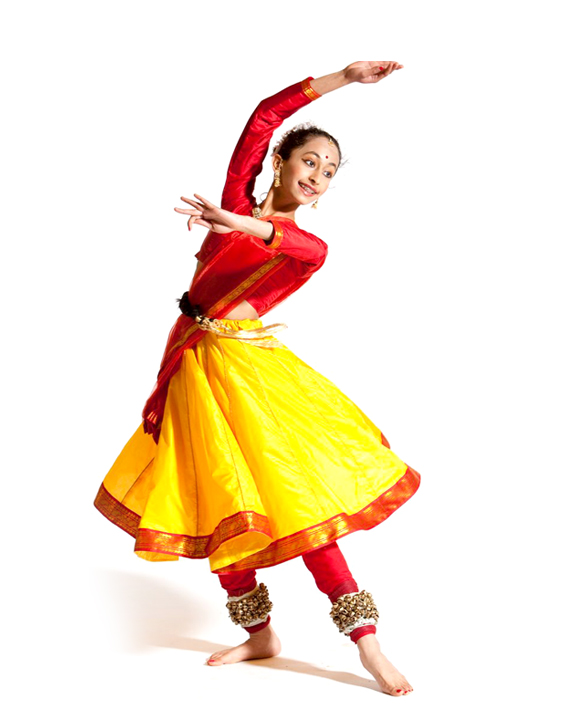
The modern variety style of Indian dance "Bollywood" can be learned from video lessons by almost everyone, but mastering the dances of the traditional folk school is a long and painstaking work. The folk dance of India is one of the most ancient. They have been performed for about five thousand years. Only the reverent attitude of the Indian people to their traditions made it possible to bring the dance to our days almost unchanged.
For such a rich history, Indian dance has acquired a rich language of gestures and postures. And in order to master the latter, at a certain stage you just need a teacher. The whole philosophy of India is built on a student-teacher tandem, dance is no exception. Moreover, the higher the level of the student, the higher the degree of skill and knowledge of the teacher.
Therefore, a brief scheme for teaching Indian dances can be conditionally concluded in the following points:
- Reading about the history, culture, philosophy of India - like it, interested;
- We watch free video lessons on the Internet, buy paid ones and try it - it was fascinated;
- We are looking for a dance studio - it turns out;
- We are looking for a professional coach, we improve the level - we grow.

The last point we repeat, repeat, repeat ... until we move to the next level of mastery, of course, subject to an unbearable desire to practice Indian dances.
The teacher comes when the student is ready!
You can find Indian dance lessons in Moscow using our portal Dance.Firmika.ru, which contains the most detailed and up-to-date information about the city's dance studios. We offer to find an Indian dance studio suitable for the area or metro station, study the prices for one-time lessons or full subscriptions. The feedback left by the students about the classes will be very useful!
One of the main attractions of India is the elegant and mesmerizing Indian dances. Originating over several millennia ago art and today enjoys unchanging popularity in all countries of the world. During the performance of the dance, Hindus improve spiritually, developing your mind and aesthetic senses, improving the artistry and flexibility of the body. Classical Indian dance emphasizes the natural beauty of the dancers, and gives the real enjoyment of the process. Young people will appreciate modern Indian dances, with special dynamics and brightness.
Young people will appreciate modern Indian dances, with special dynamics and brightness.
Indian dance for beginners
You can start learning by choosing the most suitable direction. More often of all, beginners prefer classical Indian dances, which are unusual way combine dance plasticity and grace, acting expressiveness and brightness. All dances of this direction are based on the sacred Hindu dance and music Natyu's style, which includes not only dancing, but also singing, the art of facial expressions. More modern types of Indian dances are also performed by men.
In Europe, eight styles are classified as classical dances of this direction: Kuchipudi, Kathak, Satria, Mohiniattam, Kathakali, Bharata-natyam, Odissi and Manipuri. Bharata Natyam and Odissi belong to the so-called "dances of liberation souls", in which there are practically no dialogues between dancers, rarely light facial expressions are also used. Kathak is one of the most difficult Indian dances. performed on outstretched legs with varied and rich facial expressions. Each of types of these dances is complex in its own way - even the most demanding student will be able to choose the perfect option for your needs and wishes.
performed on outstretched legs with varied and rich facial expressions. Each of types of these dances is complex in its own way - even the most demanding student will be able to choose the perfect option for your needs and wishes.
Features of teaching Indian dances
To master these directions perfectly, the dancer must have excellent physical fitness, understand Indian culture and mythology, since initially these dances arose as an addition to religion. Today dance studios offer both classical Indian dance lessons and pursuit of its more modern directions. During training, future dancers master the art of pantomime and expression of emotions, develop artistry and get real pleasure from dancing.
Dance Schools
Chakkar Dance School
Indian Classical Dance School
CHAKKAR
led
Ekaterina Seliverstova
announces admission to the group of beginners.
Our address: 2nd Maryina Grove Street, 16,
sports and leisure center
"Wider Circle"
Directions: Maryina Roshcha metro station, exit from the first carriage towards the Satyricon Theatre. The 2nd street of Maryina Grove passes behind the Satyricon Theater (at the moment the theater is under repair). To the left of the Satyricon is a street that leads to the Satyricon. Follow it to the nearest intersection and traffic light. On the opposite side of the 16-storey tower - this is the house 16 on the right street. Entrance to the club from the yard
The form is free for the first lesson.
The recruitment will be held for adults (no age limit) and for children from 10 to 14 years old
Inquiries by phone:
+7 903-977-09-86
(Catherine)
The main direction of teaching at the "Chakkar" school is the classical Kathak style (Jaipur gharana).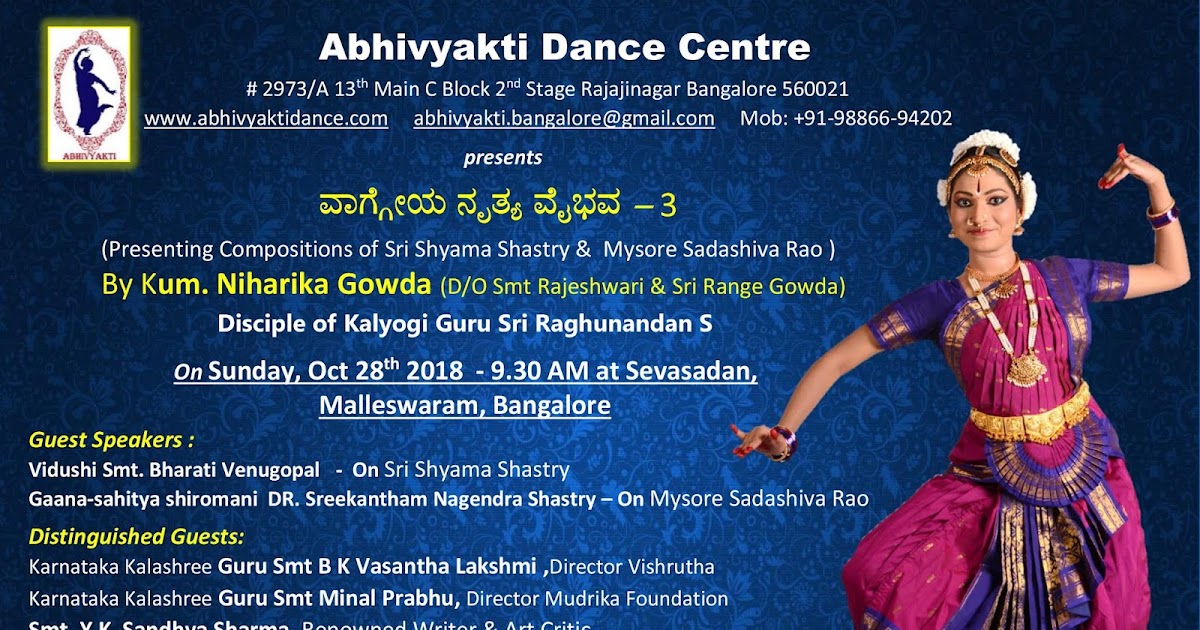
Optional - bollywood, pastiche, fusion, folk.
Opportunity to participate in competitions and concert programs individually and as part of an ensemble Opportunity to receive correspondence education at the Prayag Sangeet Samithi Institute (Allahabad, India).
Exclusive performances, beautiful costumes, friendly staff and a lot of hard work!
Uniform for classes - shalwar kameez.
Classes in the area of metro station Maryina roscha, metro station Savelovskaya
Provisional schedule: Wednesday and Saturday from 19:00 to 20:00.
The group will start training on May 8th.
http://vk.com/chakkar
http://www.indiandance.biz/viewtopic.php?t=5515 .
Russia's leading Indian dance school specializing in classical Kathak was founded in 2000. The leader, teacher and choreographer is Ekaterina Seliverstova, a graduate of the KATHAK KENDRA Institute (Delhi).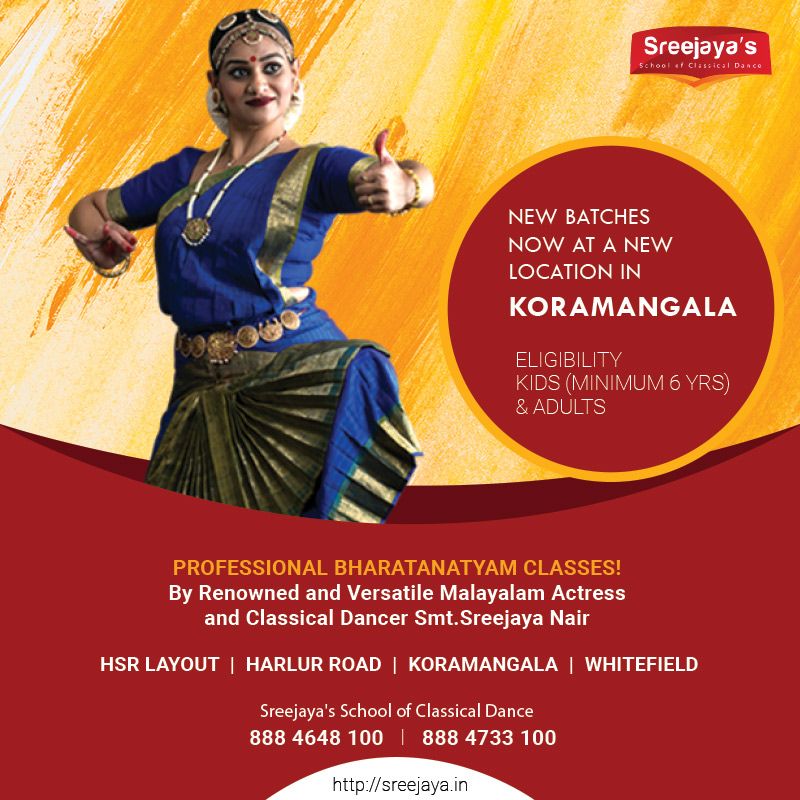
The name of the school in translation into Russian means "Turn". The name is not accidental. Firstly, the dizzying series of turns are as much a hallmark of the Kathak style as the sophisticated fractions that the dancer beats with his feet. And secondly, what Chakkar is doing can definitely be called a new turn in Kathak. The dance school successfully coped with the most difficult task: to adapt Indian classical dance for perception by the modern Russian public, without violating the strict canons of this ancient art. Indian dance connoisseurs and ordinary spectators always note the technical skill, impeccable coordination of the performers, an unconventional approach to choreography, as well as luxurious costumes and decorations for dancers. "Chakkar" takes part in all major events held by the Embassy of India in Russia, the Cultural Center. Jawaharlal Nehru (JNCC), Indian Community (Hindustani Samaj), Association of Indian Dance Performers in Moscow (AIITAM), Foundation for the Study of the Cultural Heritage of India "Nritya Sabha", is a multiple winner and laureate of festivals and competitions held in Moscow and other cities of the country.
In 2009, on the personal initiative of the Ambassador of India to Russia, Mr. Prabhat Shukla, the students of the school performed at the concerts on the occasion of the Opening of the Year of India, which took place at the Bolshoi Theater in Moscow and at the Academic Philharmonic in St. Petersburg. "Chakkar" became the only team in Russia awarded this honor.
In addition to concert performances, "Chakkar" is constantly engaged in educational activities, holding lectures and demonstrations at the State Museum of Oriental Art in Moscow. Rehearsals and training of the ensemble are held at the Cultural Center. Jawaharlal Nehru (JNCC) at the Indian Embassy in Russia.
Indian dances captivating with their beauty and aesthetics are familiar to each of us since childhood. From the unusual, sometimes passionate and captivating movements of Indian dancers, it exudes exoticism, and they have long gained worldwide fame. Russian viewers, brought up on the bright musical films produced in India, will certainly want to take the opportunity to feel like one of the heroines from the screen.
SIGN UP FOR A LESSON
A colorful dance, accompanied by a melodic tune, brings joy both to the performers themselves and to those who watch the colorful action with delight. The choreography of Indian dance is usually constructed in such a way as to produce a powerful external effect on the audience. The dancers manage to convey violent emotions through movements, their plasticity is distinguished by sensuality, grace and half-disguised sexuality, which by itself leaves no one indifferent.
- Bollywood video lesson
First you need to decide on the style of dance that you want to learn first of all. It can be the incredibly beautiful Kuchipudi, Kathak, Bharatanatyan, classical dance or Indian fusion. Whatever you choose, rest assured that the Indian dance studio will be able to perfectly prepare you for self-study. The training program will begin with an introduction to the basics of dance and basic movements.
Indian dance lessons
Indian dance originated more than two thousand years ago, when girls serving in Asian temples were charged with the duty to please the celestials with singing and dancing. Of course, only those dancers who were in perfect control of their bodies were accepted into the service, because the best offerings were to be destined for the gods. Over time, women have achieved such mastery in their art that wealthy pilgrims, in order to see their divine charms, made huge donations to temples.
Of course, only those dancers who were in perfect control of their bodies were accepted into the service, because the best offerings were to be destined for the gods. Over time, women have achieved such mastery in their art that wealthy pilgrims, in order to see their divine charms, made huge donations to temples.
REQUEST A CALL BACK
Today Indian dance lessons are available to any woman who wants to learn how to control her body and cause unfeigned admiration of the audience. Being engaged, you will receive not only the load necessary to maintain a chic figure, but also experience an unprecedented aesthetic pleasure. Public recognition of your abilities, a fit and slender figure, as well as a joyful mood will be guaranteed to you.
After you have thoroughly studied the course of the training program, you will be able to captivate men's hearts, demonstrating everything that you are capable of. The dance in your performance will become even more charming when you are fully equipped for it according to classical Indian laws. Dressed in a luxurious sari, embroidered with gold threads, and wearing jewelry - exquisite bracelets and light ankle bells - you will certainly feel like a goddess.
Dressed in a luxurious sari, embroidered with gold threads, and wearing jewelry - exquisite bracelets and light ankle bells - you will certainly feel like a goddess.
Nothing prevents you from taking bellydance training and classes at home will not be as difficult for you as it seemed at the initial stage of training. Practice at home in a relaxed atmosphere, especially since such techniques can activate the nervous system, liberate the body as much as possible and give self-confidence.
Classics of true Indian dance - a unique combination of physical and spiritual principles. All of them are easily recognizable by the specific movements of the dancers, each of which has its own meaning and significance. "Indian Dances - Tutorial" will help those who want to master or improve the technique of the original movements of Indian dances.
Hindu legends insist on the divine origins of the dance, the main movements of which were invented by the god Shiva, he is also called the Lord of the dance Shiva or Nataraja.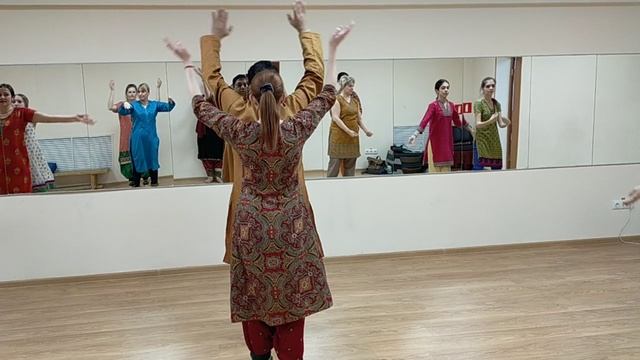 He initiated the secrets of the movements to his wife Parvati, and then passed them on to men, and Parvati to women. Many lines of movement coincide with yoga.
He initiated the secrets of the movements to his wife Parvati, and then passed them on to men, and Parvati to women. Many lines of movement coincide with yoga.
Video-training "Indian dances - self-instruction"
Classical dances
Their movements captivate the attention of the audience and subjugate the consciousness, as if transferring them to a world with another dimension, with other colors and divinely sublime images.
Many ancient treatises on dances are known, which "legitimized" its traditions. And yet, they have their own "handwriting". Kathak is popular in northern India, Bharata Natyam in the south, and Odissi in the east. According to the classification of the National Academy of Music, Dance and Drama, there are eight types of classical Indian dances:
- Bharata Natyam.
- Kathak.
- Kathakali.
- Kuchipudi.
- Manipuri.
- Mohiniattam.
- Odissi.
- Sattriya.
Until the beginning of the last century, temple dances belonged only to temple rites. They are based on spiritual practice and are of the same age as yoga. The performers, along with the musicians, were held in high esteem and were even kept at the expense of the church. They took part in all the ceremonies dedicated to the cult of God. The place around the temple was considered the only place where people could admire the dance. During the period of British rule, it began to lose its ritual purpose.
They are based on spiritual practice and are of the same age as yoga. The performers, along with the musicians, were held in high esteem and were even kept at the expense of the church. They took part in all the ceremonies dedicated to the cult of God. The place around the temple was considered the only place where people could admire the dance. During the period of British rule, it began to lose its ritual purpose.
Folk and dances that viewers are used to seeing in Indian cinema are not canonized and there are no traces of them in any writings.
Mudra and hasta
position of fingers and hand gestures. Then master the "alphabet" of the movements of the body, as well as the neck, head, eyes, etc.
Movements with one hand are called asamyuta hasta, and with two - samyuta hasta. In every movement, some meaning is encoded - Hasta Viniyoga. In technical dances, where the main semantic load is aesthetic perception, hasta, there is nothing more than an artistic framing of movements - rasa.